news and events
clothing, textiles, and interior design
|
Dr. Amanda Thompson, Associate Professor in the Department of Clothing, Textiles, and Interior Design, created an informative, creative textile exhibit on the 3rd floor of Doster Hall. Using QR codes that link to more information about each piece in the exhibit, viewers can explore the history and technique of the various textiles and patterns on display. For example, items in the display that feature Mayan Weaving patterns have a QR code that that provides the technique, general processes used to make the designs, the traditional materials used, and how the designs are used in popular culture today. There is even information on where to find items for purchase and how much they might cost. Other textile examples in the exhibit include Japanese Arashi Shibori, Japanese Yuzen, Indian Resist-Dyeing, Wycinanki Polish Embroirdery, Northwest US 1st Nation Chilkat Weaving, Norwegian Knitting, and Japanese Sashiko.
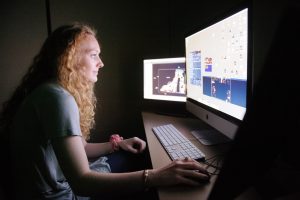 Laura Rubisch works on a program that warps a projector image in order to project onto multiple 3D surfaces. Laura Rubisch works on a program that warps a projector image in order to project onto multiple 3D surfaces. TUSCALOOSA, Ala. — An unlikely collaboration between two University of Alabama colleges has resulted in an innovative, yet fashionable, way of displaying student work. The SHOE PRO-JECT started with one goal – expanding the College of Engineering’s 3D Projection Lab’s scope by providing its students with a remarkable “screen” on which they could showcase their departments’ skills, said Genna Jones, events coordinator for the College of Human Environmental Sciences. Brian Taylor, instructor in CHES’s department of clothing, textiles and interior design, suggested building a giant shoe as a 3D projection screen, while Jones had the idea to build the entire shoe out of shoe boxes. “CHES brought to the table the problem-solving resources and creativity needed to build a highly complex and sophisticated canvas on which to highlight the technical and logic skills of engineering,” Jones said. Projection mapping uses a program that warps the image that comes from a projector in order to display onto multiple 3D surfaces. For instance, the program could be used to make every side of a cube a screen to project on, like how Disney World recently started projecting on the Castle at the fireworks show, said 21-year-old Laura Rubisch, a junior from Weaverville, North Carolina, who is double majoring in architectural and civil engineering. Rubisch has been “mapping” the footage that displayed on the 3D “shoe” screen. The engineering department had used the software on a trial basis, but the goal is to project onto buildings in order to work on blueprint plans or do presentations for special events. Partnering with CHES allowed the department to test out the software on a smaller scale project and work out the different kinks, Rubisch said. With more than 100 donated shoe boxes, including several vintage shoe boxes donated by Taylor’s mother, Taylor and Jones began the process of building the high-heeled shoe in December. The shoe’s supporting structure was made out of boxes donated by University Printing, while the outer shell of the shoe was crafted with the donated shoe boxes. The entire piece is held together with packing tape and hot glue. Since one of CHES’s graduates, Stanley Hu, owns a shoe company, it was decided to top the shoe with two boxes from his company, Liuid, in recognition of his accomplishments, Jones said. The footage displayed on the shoe was collected during an advanced apparel design course “Senior Shoot.” In this course, senior apparel design students design and create a cohesive collection for their target market. Those collections are photographed for the students’ portfolios. The students also had their designs filmed in motion to show fabric drape and movement. They discussed on camera their design philosophy and collection inspiration, and a collection of those videos was chosen for the shoe project presentation, Taylor said. “I’ve loved working on this project because even though I’m an engineer I really have a joy and heart for fashion, so it has been so awesome to be able to fuse my two passions,” Rubisch said. “It’s been really cool to work with multiple groups on this presentation because every department involved sees different things in the project. The textiles department has an eye for detail and the creativity aspect, while the engineering side is focused more on the technology. It’s been really cool to watch this develop and has given me a large appreciation for both groups who are so different but work so well together.” Interiors of the built environment are influenced by geography, politics, religion and social trends. Furniture, as relics of the past, carry stories with them through the years of use, but as furniture collections are bought, original stories are lost and replaced with new ones. Please join us for a one night event, highlighting the furniture trends of American Antebellum homes recreating a period double parlor suite in the context of the Jemison van de Graff mansion. Built in the 1860’s by Samuel Sloan, a Philadelphia architect, the mansion was home to the Senator Robert Jeminson, Jr. The original furniture once owned by the family will be selected and arranged to represent the life and status of the owners.
Thursday, March 9, 2017 5:30-7:30 Jeminson van de Graff Mansion Please enter through the conservatory door. Emily Waite, a senior Interior Design student, worked in conjunction with the Tuscaloosa Historic Preservation Society to curate this exhibit as part of an independent study this semester. We would like to thank Ian Crawford, Director of the Tuscaloosa Preservation Society for making this special event a possibility. 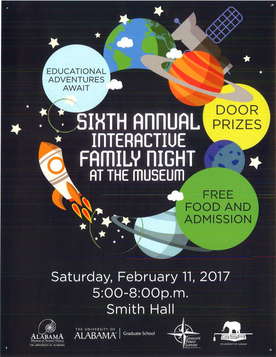 UA Grad Students Offered Space-Themed Family Night West Alabama families were invited to don their spacesuits and prepare for blastoff during this year’s space-themed Hands-on Family Night at the Alabama Museum of Natural History on The University of Alabama campus. The event is a collaborative effort among UA’s Graduate School, the Graduate Student Association, Graduate Parent Support and Alabama Museum of Natural History. Graduate students from the Clothing, Textiles, and Interior Design department created an exhibit called "Design a Spacesuit" for the interactive event that featured a variety of pre-cut parts that the children could use to create customized looks for their astronauts. Family Night at the Museum started six years ago to help support UA students who are parents have a fun event where they can meet other parents and let their children see what their life is like as a student, said Dr. Cori Perdue, director of UA’s Graduate School Programs. The event opened to the community because the graduate students wanted more people to enjoy the interactive exhibits. “It is a great interactive family event that is unlike other options,” Perdue said. “Families can spend the evening discovering space together, learning about things from engineering to textile design to biology to theatre and dance. . . . It is a great event for families to make memories that will last by doing fun and educational activities in a very creative setting.” Other activities included a “Martian Quicksand Pit,” fun with liquid nitrogen and dry ice, and writing-drawing stories associated with space. Telescopes were available as well as a NASA space suit for photos. |
Archives
November 2019
Categories
All
|

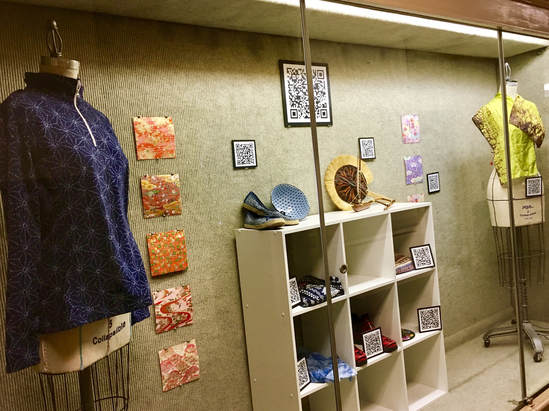
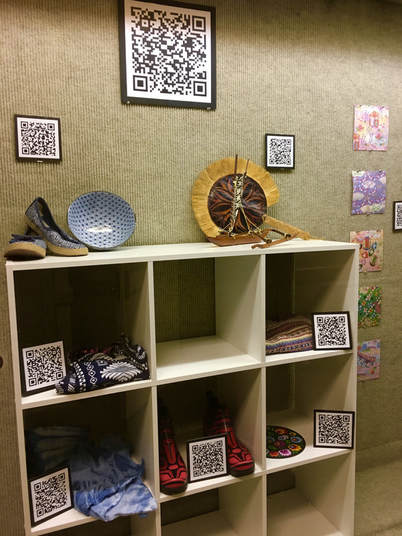
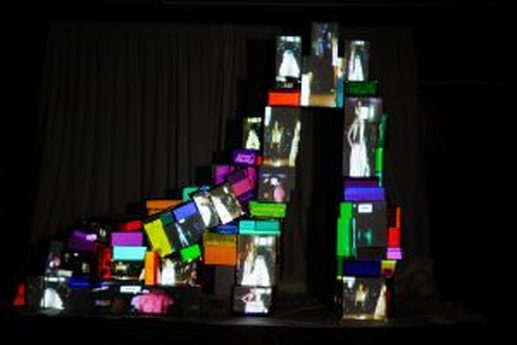
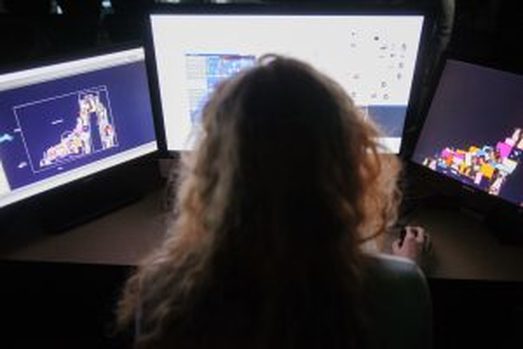
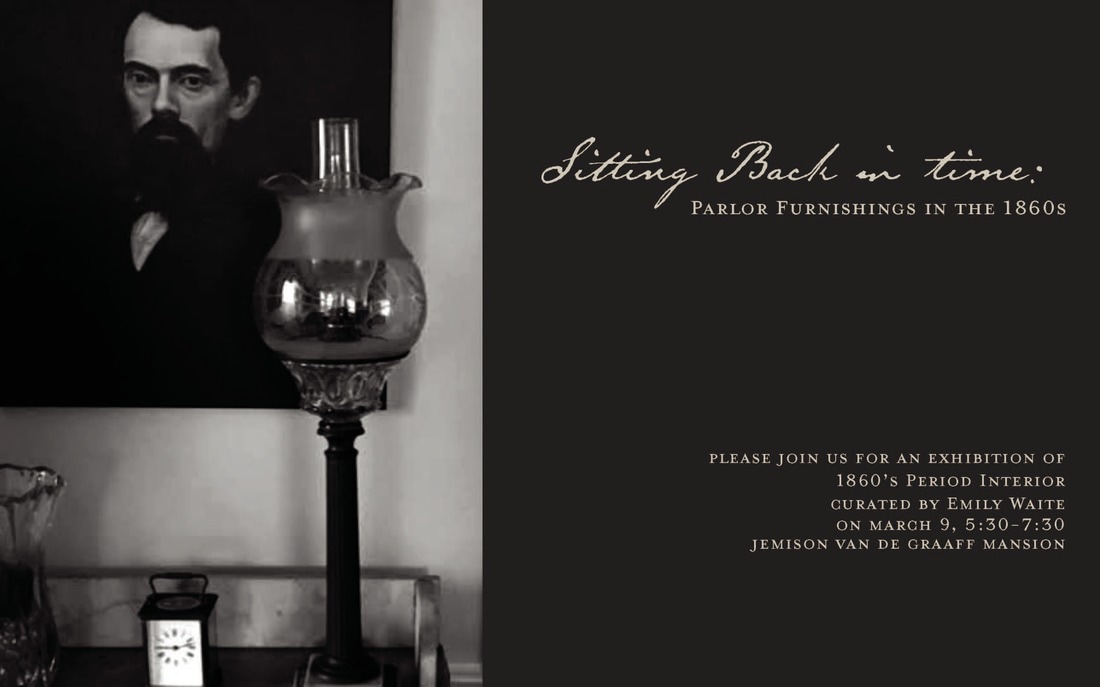
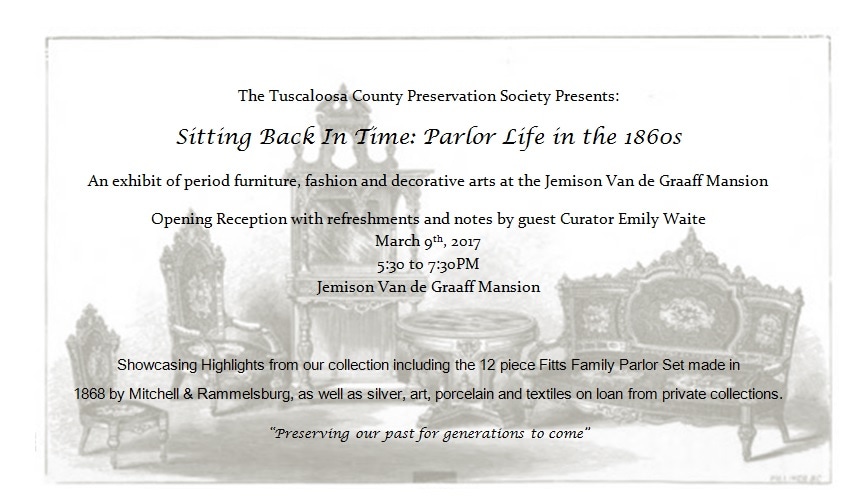
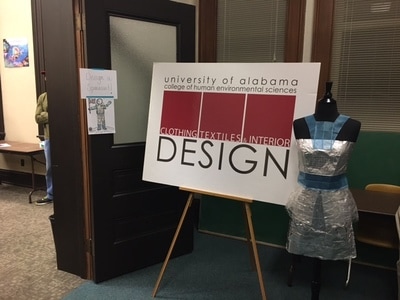
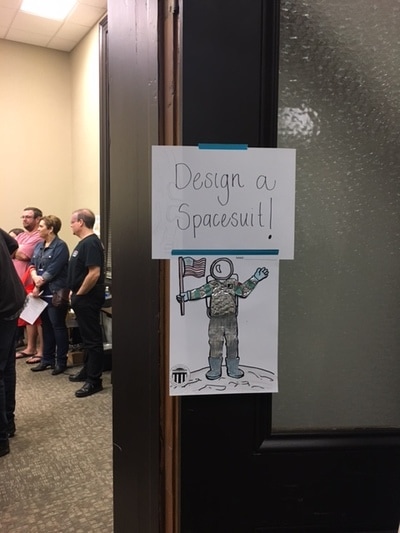
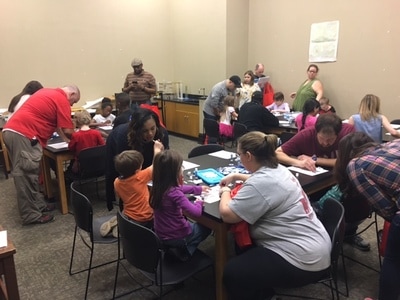
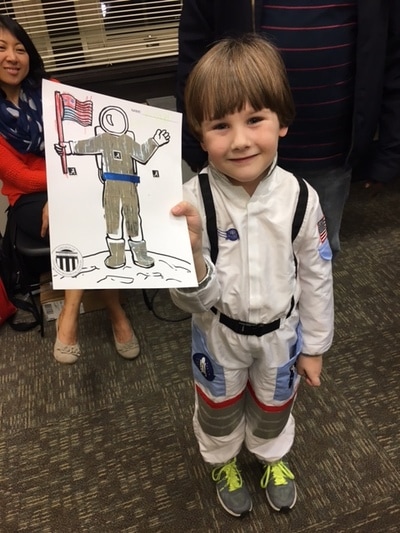
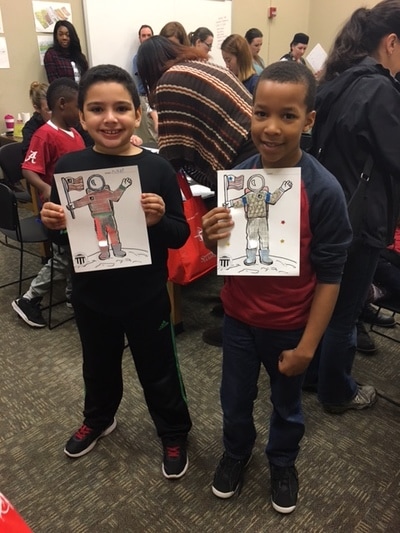
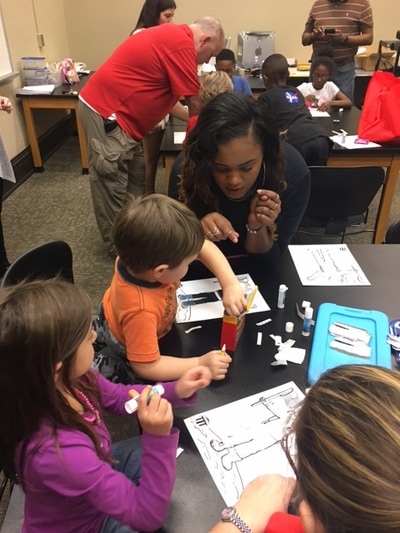
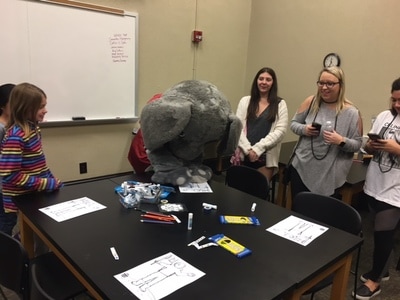
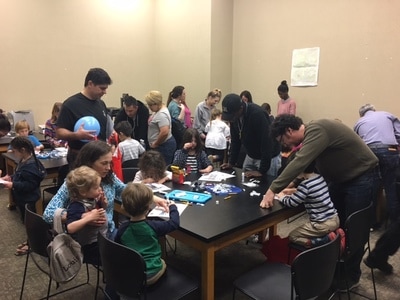
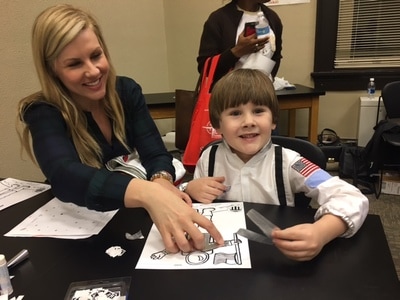
 RSS Feed
RSS Feed